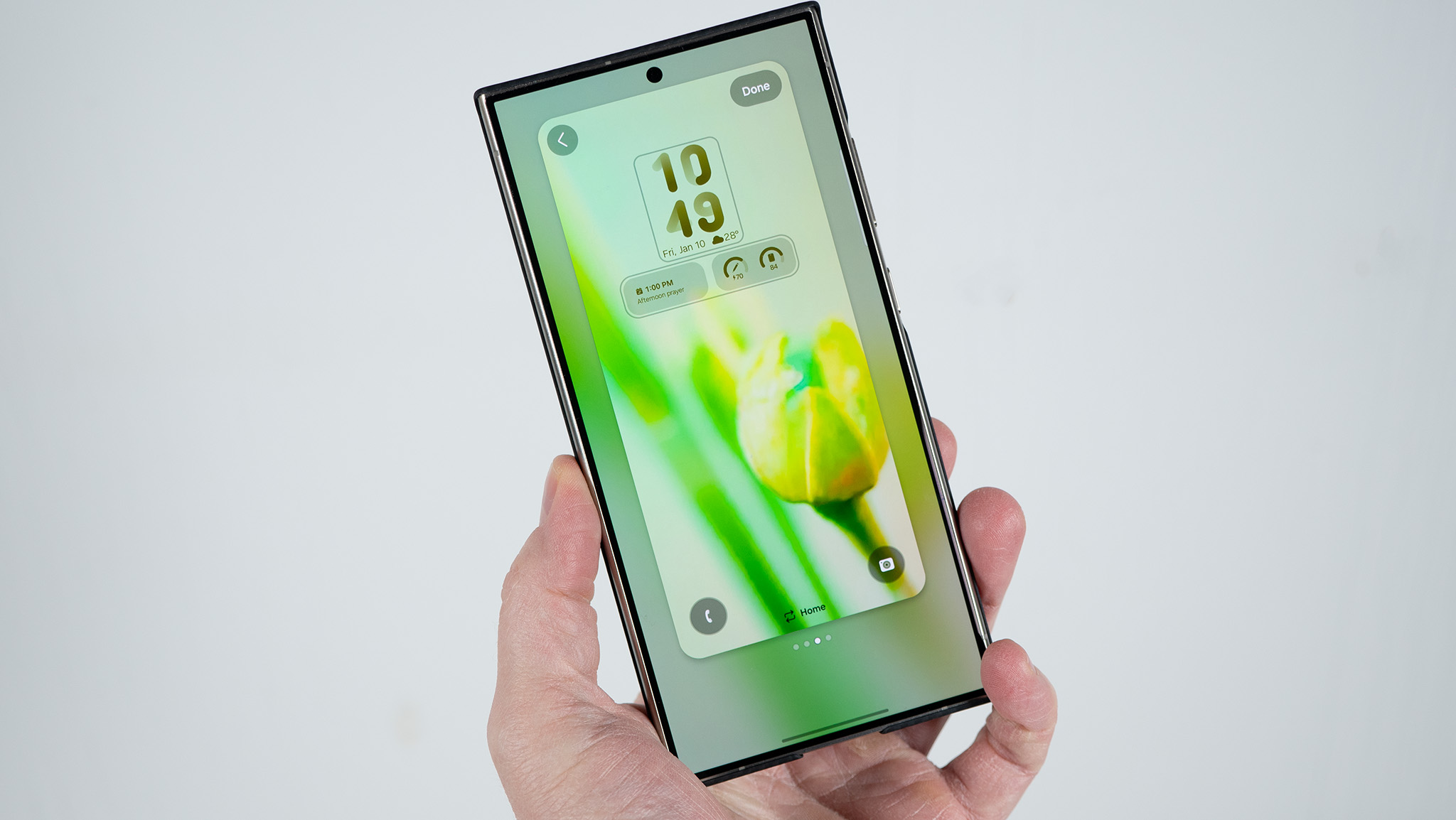Lenovo IdeaPad Chromebook Duet 3 vs. Chromebook Duet: Should you upgrade?
Does the Duet 3 do enough to overthrow the OG Duet?
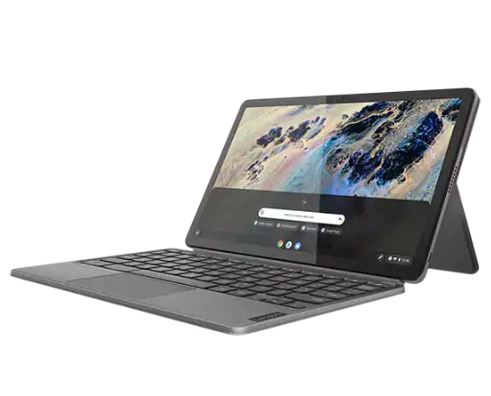
The new regime is here
With the Ideapad Chromebook Duet 3, Lenovo seems to have made all of the right moves when it comes to offering a successor for the original Duet. There are a few quirks to be aware of, but by in large, it's still a fantastic device.
For
- Future-proofed with USI 2.0 compatibility
- Dual USB-C Gen 3.2 ports
- Keyboard cover and Stand Cover included
- Supports up to 45W Power Delivery charging
- Longer battery life despite larger display
Against
- Not compatible with USI 1.0 pens
- Larger and heavier design may not be for everyone
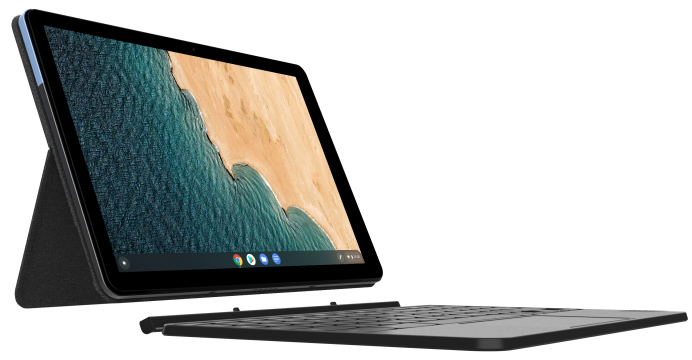
The one that started it all
Lenovo's Chromebook Duet still remains one of the best options for those who want a Chrome OS-powered tablet. It's getting a bit long in the tooth in some areas, but there's no denying its usefulness as a lightweight and compact Chromebook.
For
- Compatible with USI 1.0 Pens
- Keyboard cover and Stand Cover included
- Lighter and more portable
- Regularly on sale and cheaper
Against
- Processor is starting to show its age
- Stand Cover is very thick and cumbersome
- Charging speeds limited to 10W
After seeing how successful and popular the original Chromebook Duet had become, it only made sense for Lenovo to see if it could strike while the iron was hot. If it weren't for the price, and somewhat-similar naming convention, you might not even know that the Chromebook Duet 3 is the successor to the Duet.
So how do these two Chrome OS tablets stack up, and should you upgrade to the newer version?
Chromebook Duet 3 2022 vs. Chromebook Duet: Specs comparison
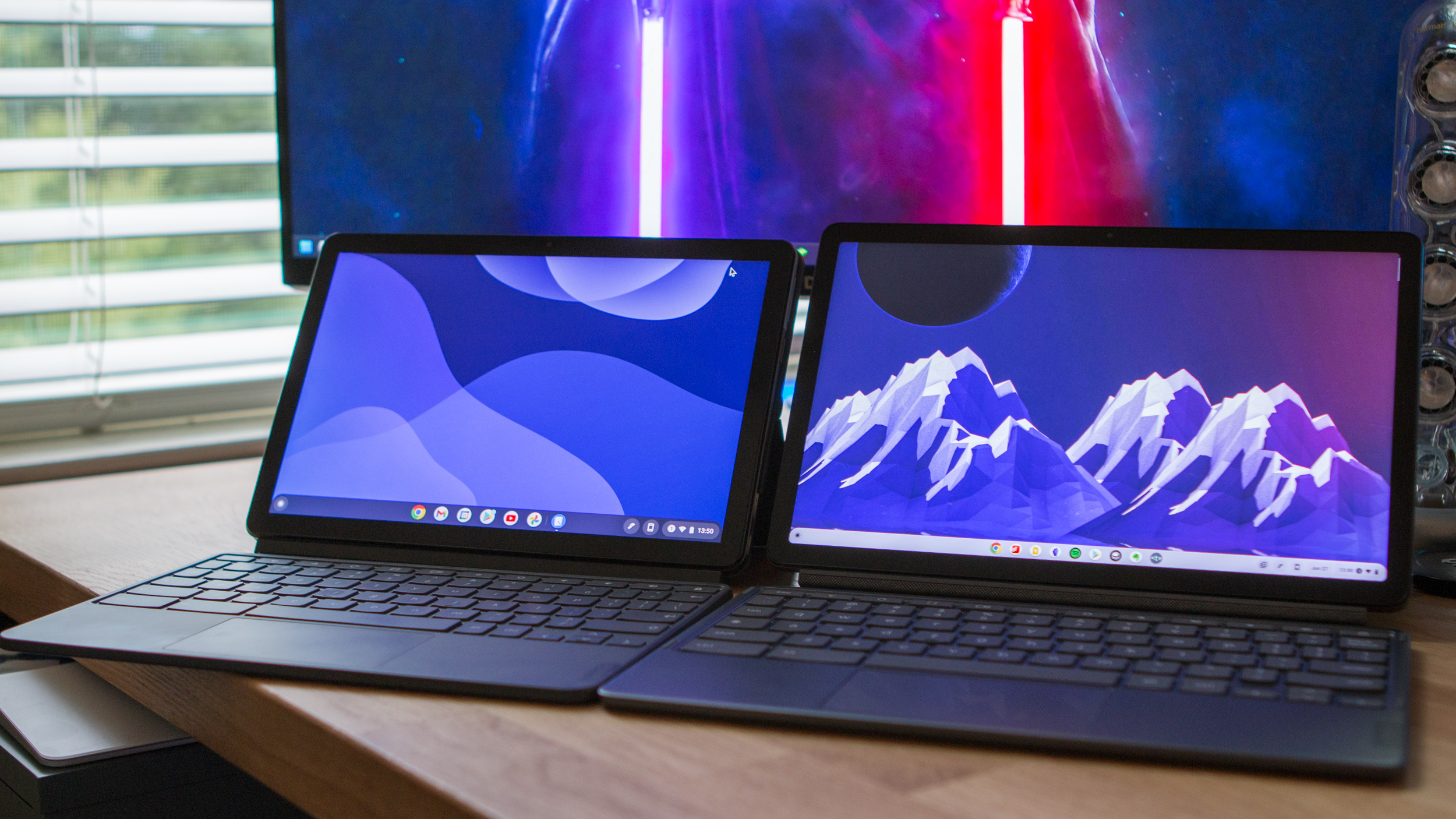
There are a lot of differences in some key areas when comparing the Chromebook Duet 3 vs. Chromebook Duet. But there are other areas where Lenovo is seemingly "playing it safe" in an effort to try and provide an affordable price. Here's the full breakdown of the specs so you can see where the differences are:
| Category | Lenovo Ideapad Chromebook Duet 3 | Lenovo Chromebook Duet |
|---|---|---|
| Display size | 10.9-inch IPS | 10.1-inch IPS |
| Screen resolution | 2000x1200 (400 nits) | 1920x1200 (400 nits) |
| Processor | Qualcomm Snapdragon 7c Gen 2 | MediaTek Helio P60T |
| RAM | 4GB | 4GB |
| Storage | 64GB eMMC | 64GB eMMC |
| Expandable memory | 🚫 | 🚫 |
| Battery Life | Up to 12 hours | Up to 10 hours |
| Charging | Dual USB-C 3.2 Ports (Power Delivery 3.0) | USB-C 3.2 |
| Front Camera | 5MP | 5MP |
| Rear Camera | 8MP | 8MP |
| Headphone Jack | No (adapter included) | No (adapter included) |
| USI compatibility | USI 2.0 | USI 1.0 |
| Keyboard Case and Cover included | ✅ | ✅ |
| Stylus included | 🚫 | 🚫 |
| AUE date | Through June 2029 | Through June 2028 |
| Dimensions (tablet only) | 258.04mm x 164.55mm x 7.90mm | 239.8mm x 159.8mm x 7.35mm |
| Weight (tablet only) | 516.5g | 450g |
Chromebook Duet 3 2022 vs. Chromebook Duet: A lot of upgrades are here
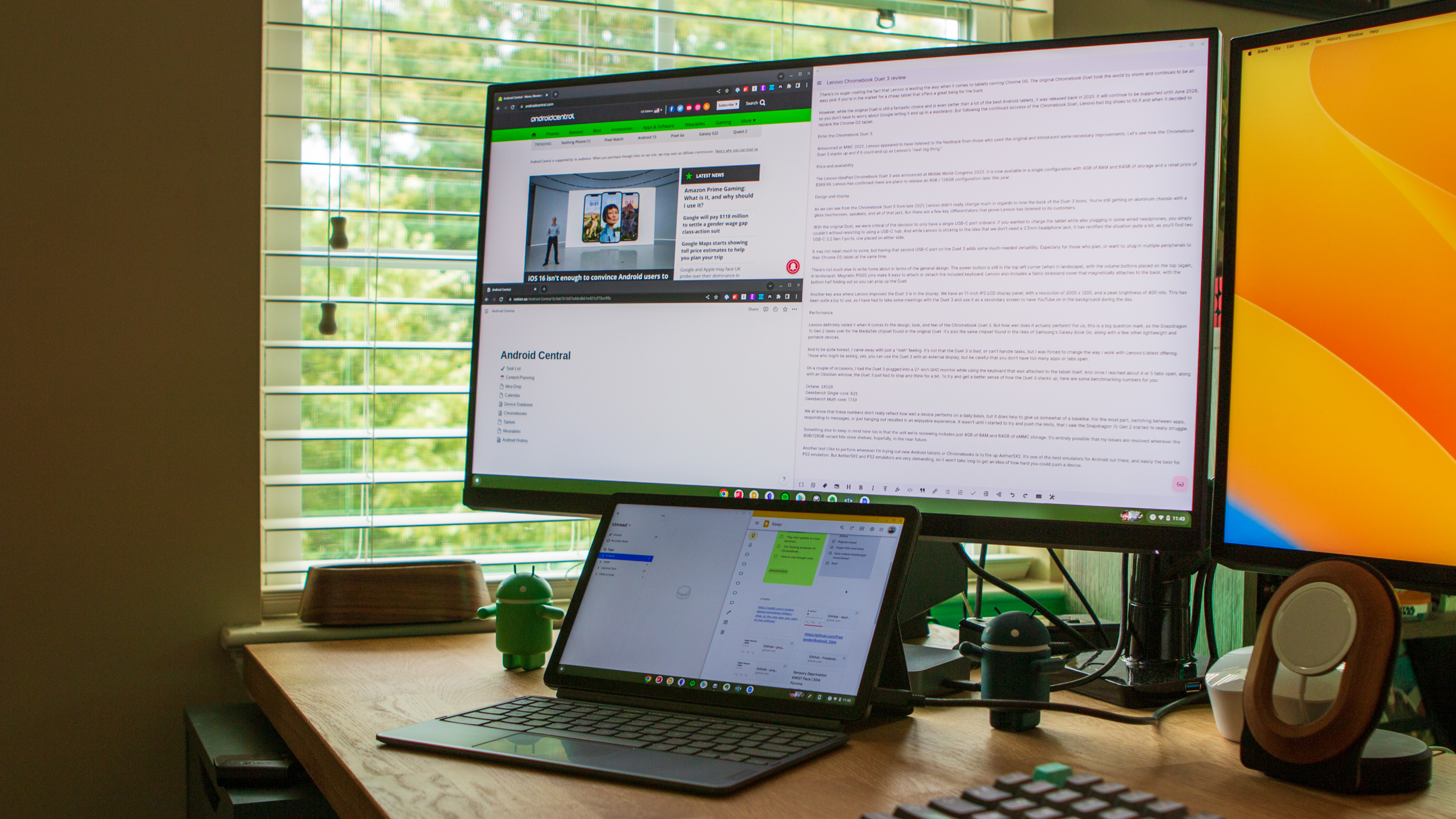
When it comes to the new Chromebook Duet 3, Lenovo kept things simple, at least for the most part. The company is still including a detachable keyboard and Stand Cover in the box, which is definitely great to see. Lenovo also includes a USB-C to 3.5mm adapter for those who still prefer to listen to content using wired headphones, as you still won't find a built-in headphone jack.
Outside of the display (which we'll touch on shortly), arguably the biggest change comes via connectivity. One of the primary complaints from our original Chromebook Duet review was the inclusion of only one USB-C port. This is a common occurrence when looking at the best Android tablets, but when it comes to a Chromebook tablet, we were hoping Lenovo would provide an extra port.
With the Chromebook Duet 3, that's exactly what we got, as you'll find a USB-C port on either side of the tablet. This means that you can finally keep your Chromebook juiced up with one port, while the other side can be plugged into a docking station or USB-C hub. What Lenovo really did here was took the excellent Chromebook Duet 5, and shrink it down to a 10.9-inch display.
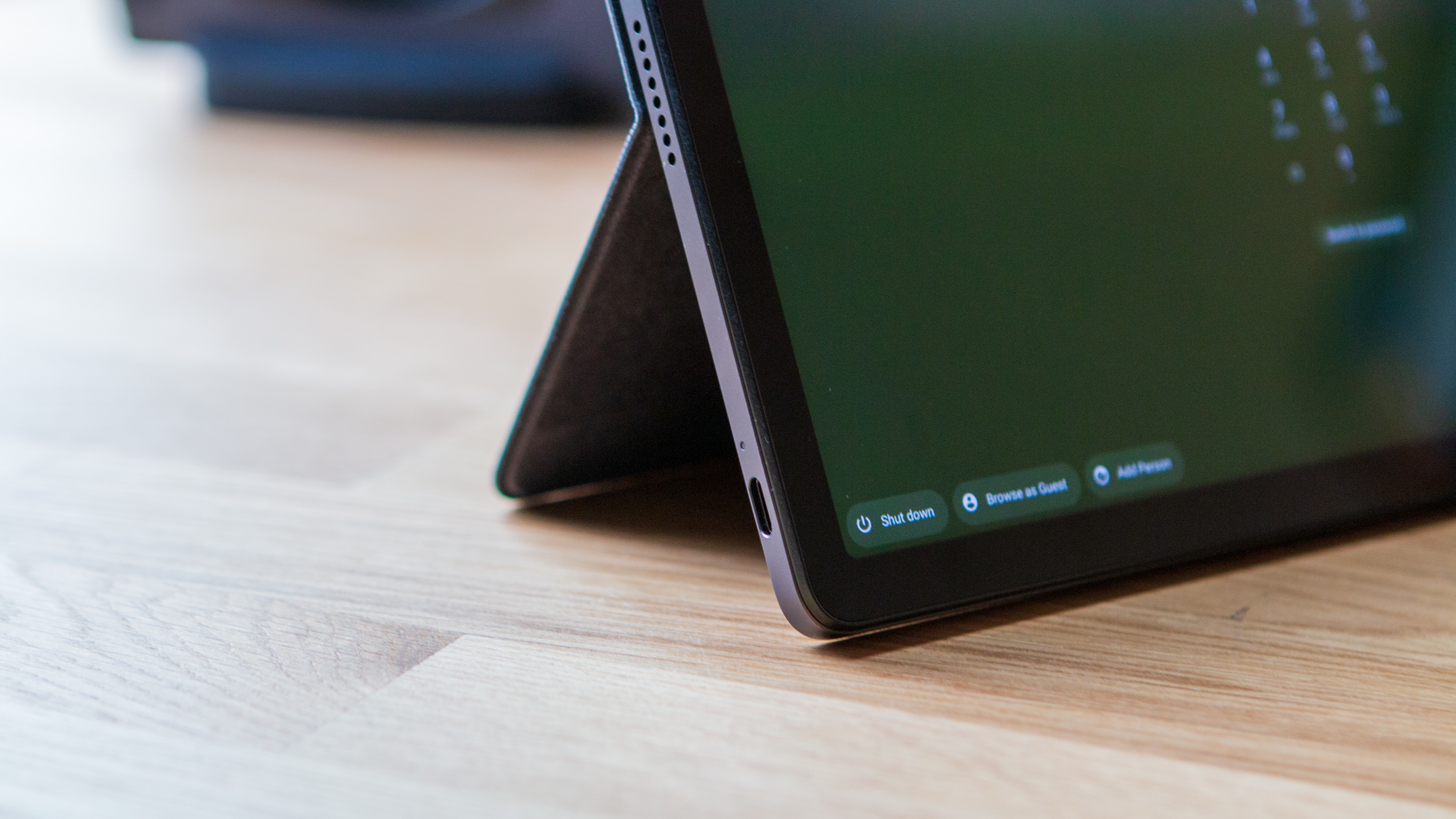
This segues perfectly into the display differences between these two tablets. The Chromebook Duet continues to be heralded as one of the most portable solutions out there, thanks to its 10.1-inch FHD+ panel. This has been upsized and upgraded to a 10.9-inch screen sporting a 2K (2000 x 1200) resolution, while still using an IPS panel. Everything from your favorite movies and TV shows to the best Android games simply looks better on the larger screen.
There are some that might bemoan the larger form factor, but an almost-11-inch tablet is still more than suitable for those who want to sit back and chill out on the couch. This larger display means that the Duet 3 is heavier, however, it's still plenty comfortable to hold and use without the detachable keyboard.
Another area where the Chromebook Duet 3 excels is in battery life and performance. Powered by the Snapdragon 7c Gen 2 chip, the Duet 3 is touted as getting up to 12 hours of battery life, providing an additional two hours compared to the original. The Snapdragon 7c Gen 2 is also much more performant, capable of handling much of what you would want to get done throughout the day. Of course, this isn't as powerful as something like the Snapdragon 8 Gen 1 found in something like the Galaxy Tab S8, but it still offers plenty of power.
The original Chromebook Duet is starting to show its age, whereas the Duet 3 offers plenty of power.
The downside here is that Lenovo stuck with 4GB of RAM and 64GB of eMMC storage with the Duet 3, the same as its predecessor. In our Duet 3 review, we couldn't get Aether SX2 to load our ROMs properly without tinkering around with some settings, and even then, it wasn't an enjoyable experience.
Chromebook Duet 3 2022 vs. Chromebook Duet: But the OG Duet might still be better (for now)
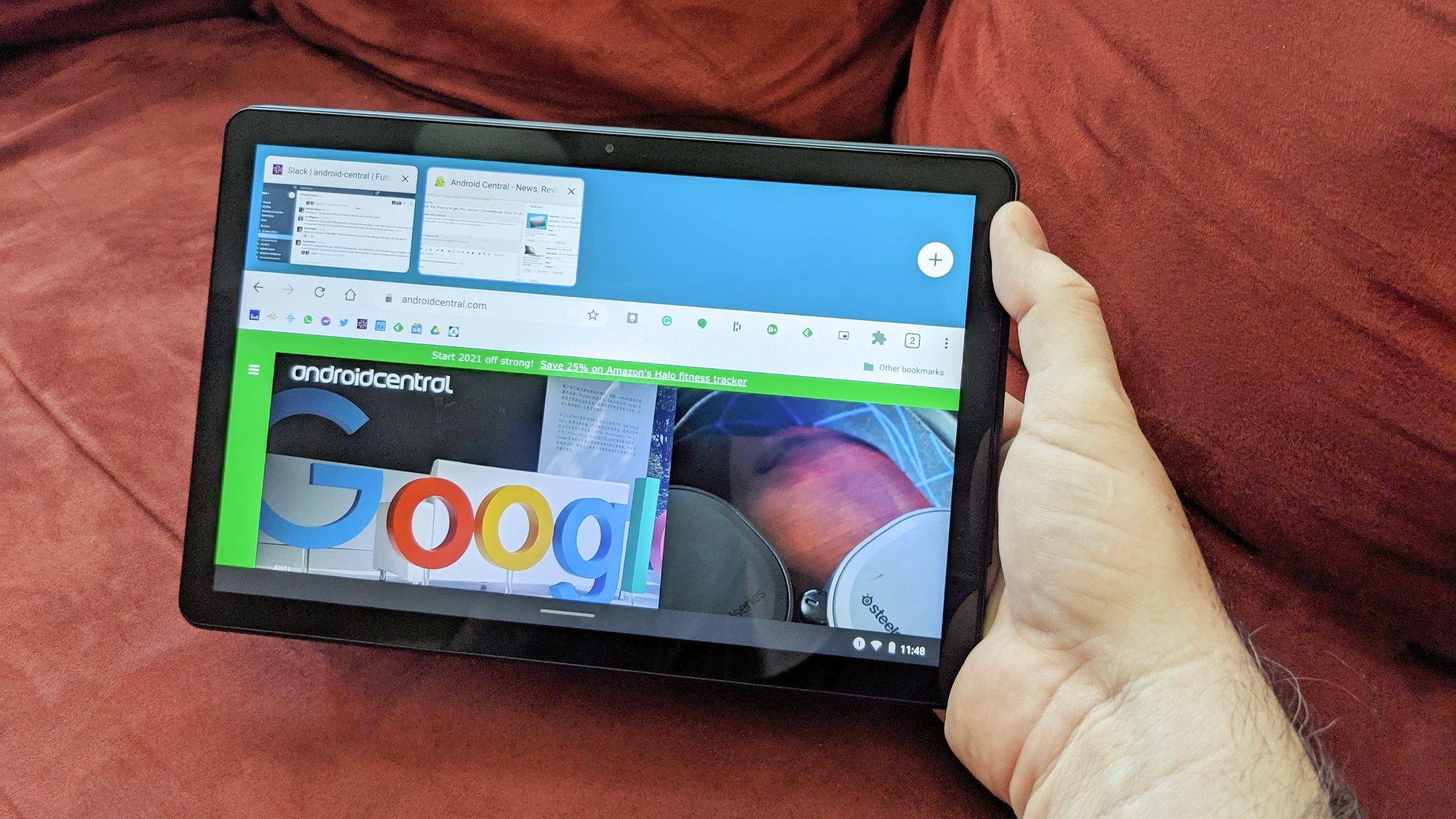
One of the biggest benefits to having and using a Chrome OS-powered tablet is being able to use a stylus, or more importantly, one of the best USI pens. That's not a problem whatsoever with the OG Duet, as it supports the USI 1.0 standard, meaning that you can use pretty much any USI stylus that you might find.
Unfortunately, the same can't be said for the Duet 3. Lenovo decided it was time to offer a future-proofed alternative to some of the best Chromebooks, as the Duet 3 is the first to support the USI 2.0 standard. However, the problem here is that despite using USI 2.0, the Duet 3 is not backward-compatible with USI 1.0 pens. We're expecting USI 2.0 pens to become available in the near future (at the time of this writing), but until that happens, you're pretty much out of luck.
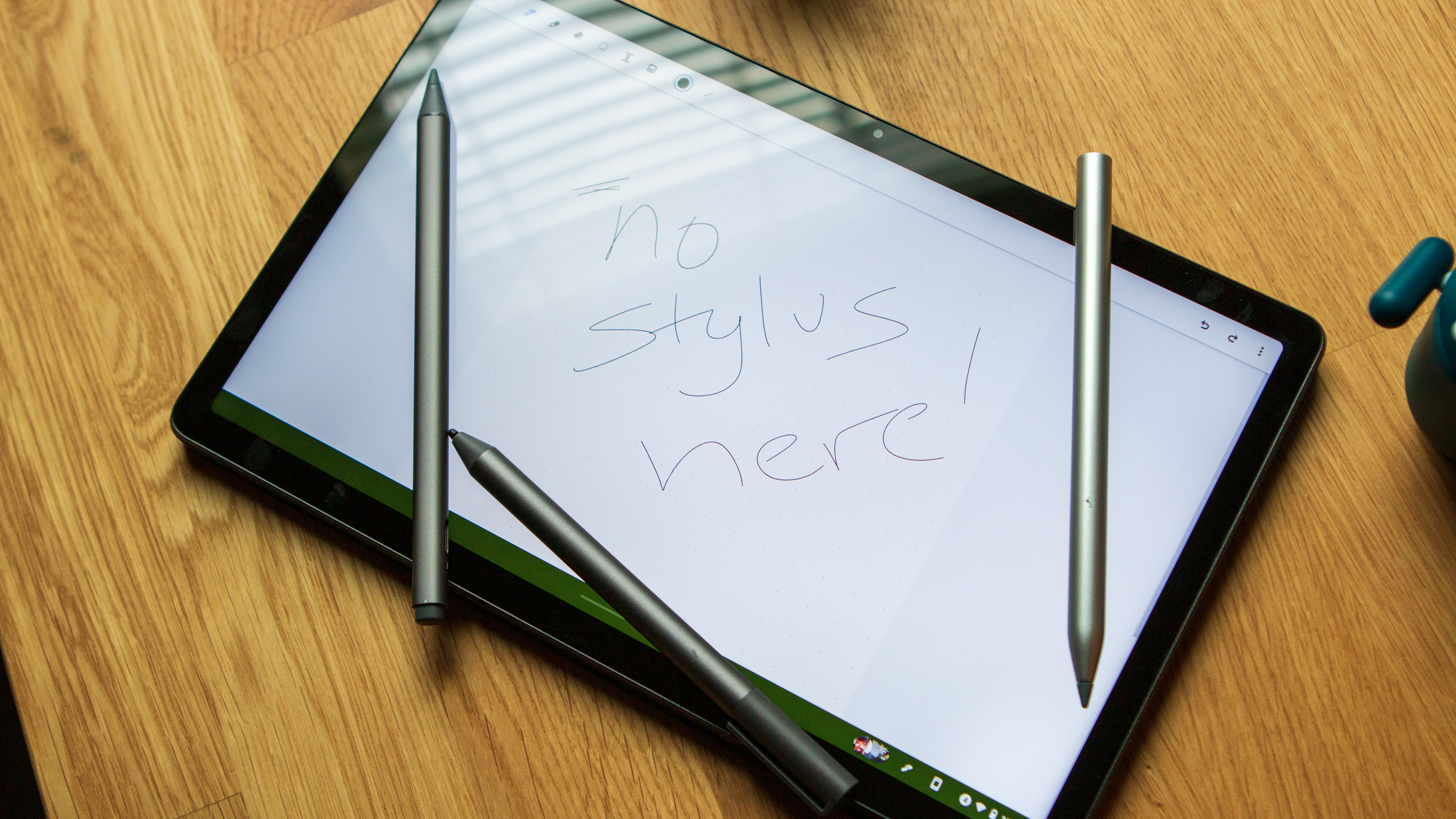
Moving past the frustrating situation of using a universal standard that isn't actually universal, there are a couple of other reasons why you might want the original Duet. For one, you can find it on sale regularly, priced below $200 in some instances, which is far below the retail pricing of $379 for the Duet 3.
Second, and almost as importantly, is portability. The Duet 3 weighs in at 1.14-pounds, without the keyboard or detachable stand cover. Meanwhile, the original Duet with its 10.1-inch screen is just 0.99-pounds. It may not mean much to some, but to others, it may make or break the decision if you really just want a small tablet to carry with you instead of something like the Galaxy Tab A8 or Fire 7 tablet.
Chromebook Duet 3 2022 vs. Chromebook Duet: Making a choice
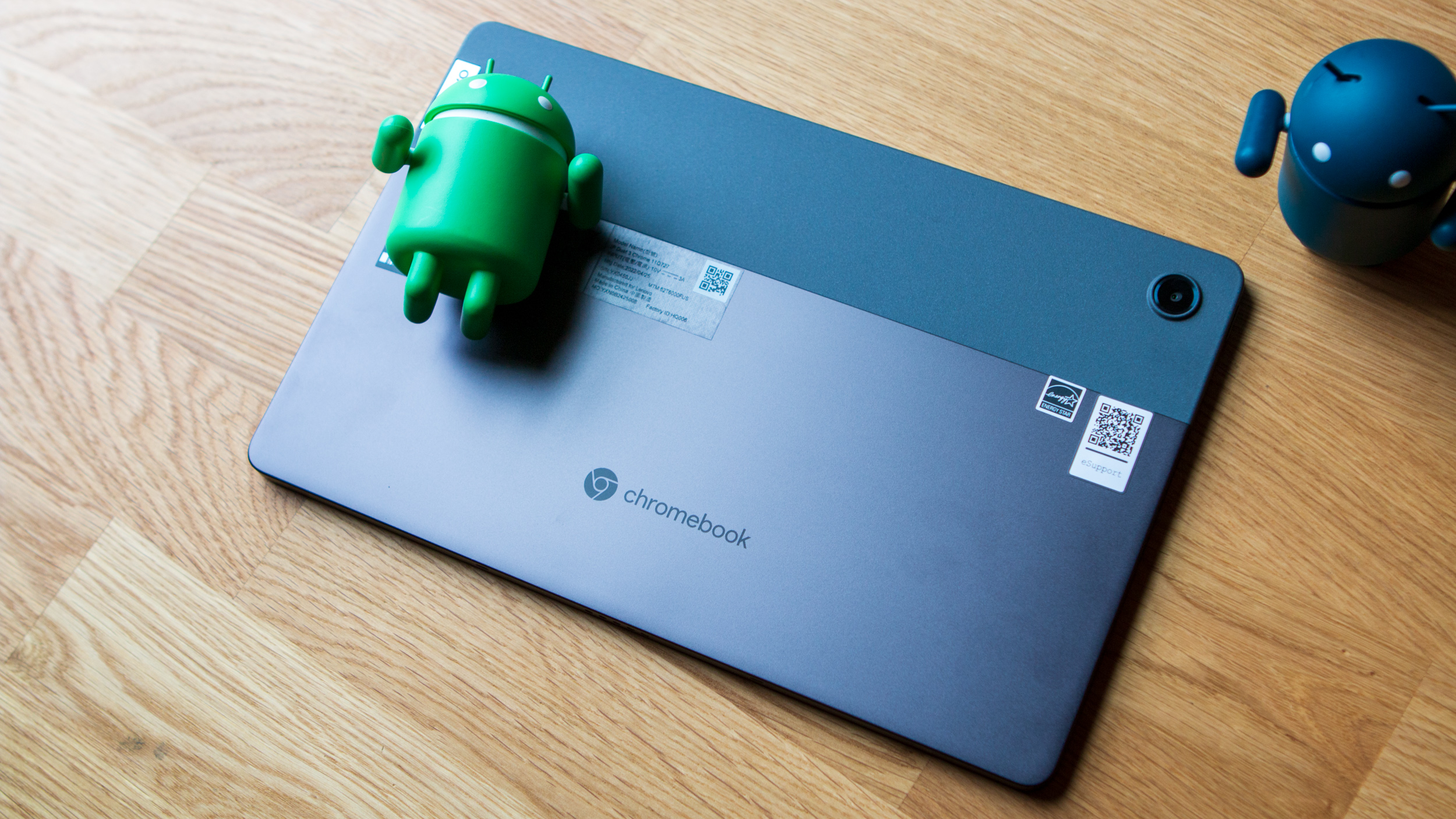
Even with the frustrations surrounding the USI pen situation on the Chromebook Duet 3, this is a better Chromebook and a better tablet in almost every sense of the word. There's a faster processor, bigger display, better battery life, and an extra USB-C port. Whether you want to connect the Duet 3 to an external monitor, or just sit back and watch a movie, the Duet 3 is well-suited for doing whatever it is that you want to do.
As we've mentioned, the larger screen comes at the cost of a heavier design, but we think this is a trade-off worth making. And while the Snapdragon 7c Gen 2 might not be the most powerful chip on the market, it's still much better than the MediaTek Helio P60T found in the original Chromebook Duet.
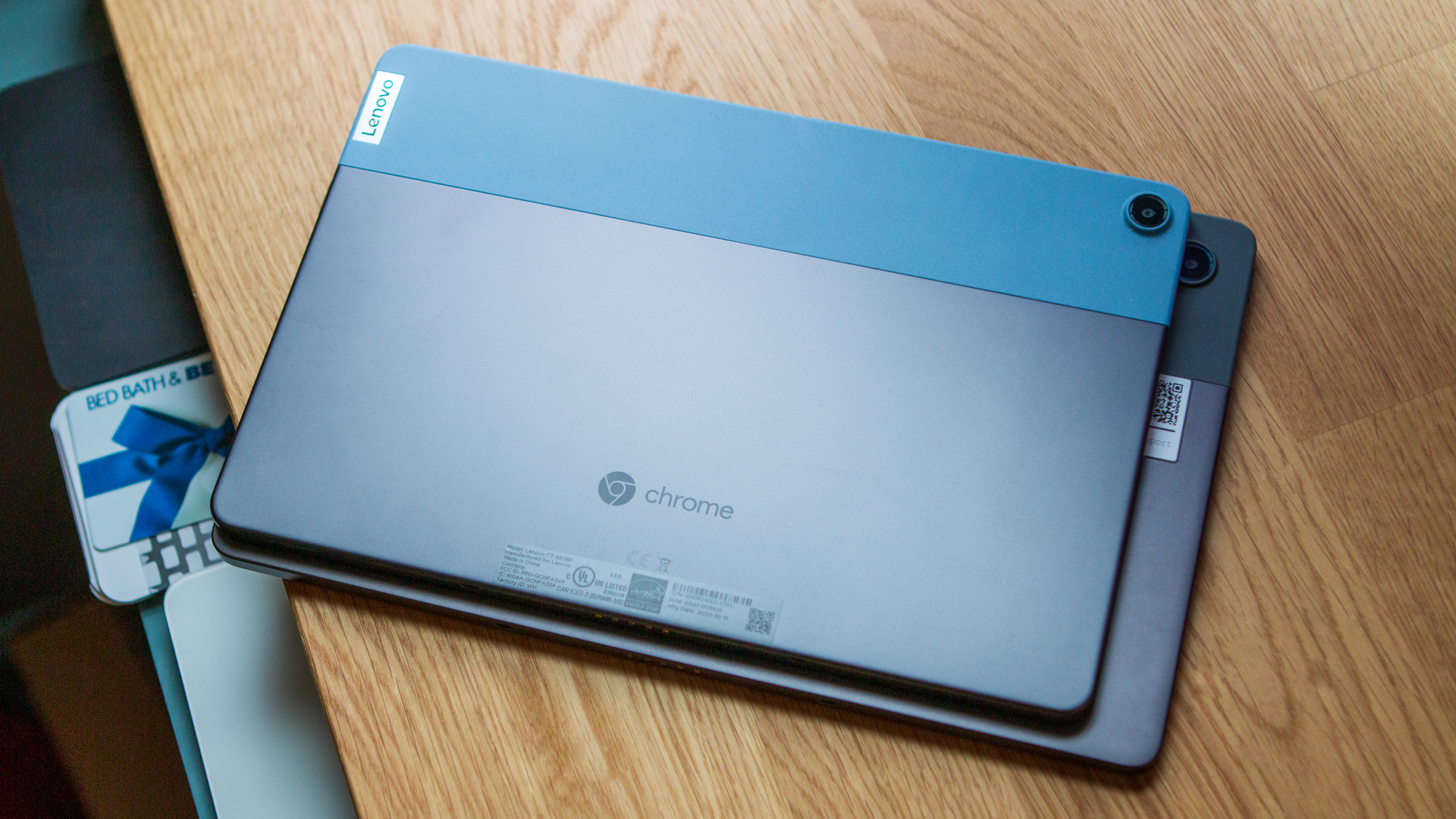
While we were hoping that Lenovo's release of the Duet back in 2020 would kick off a trend of Chrome OS-powered tablets, it seems that never really came to fruition. So the company instead said that it would take matters into its own hands, and the Duet 3 is the end result.
Unless you're on a tight budget or just prefer a very small and lightweight tablet, the Duet 3 is the way to go. The Chromebook Duet is still pretty capable more than two years after its release, and it's a great non-Android tablet that can still run Android apps. It really just doesn't hold up as well compared to the newer version.

Bigger, badder, and impressive
The Chromebook Duet 3 may be the spiritual successor to the original Duet, but there are a lot of differences that separate the two. It's almost like Lenovo created a completely different device while sticking with similar naming conventions.

Still a popular choice
There's still a market for the original Chromebook Duet, as it can be had for much less than its successor, while being much more portable. And it supports the USI pen that you probably already have.
Be an expert in 5 minutes
Get the latest news from Android Central, your trusted companion in the world of Android

Andrew Myrick is a Senior Editor at Android Central. He enjoys everything to do with technology, including tablets, smartphones, and everything in between. Perhaps his favorite past-time is collecting different headphones, even if they all end up in the same drawer.
